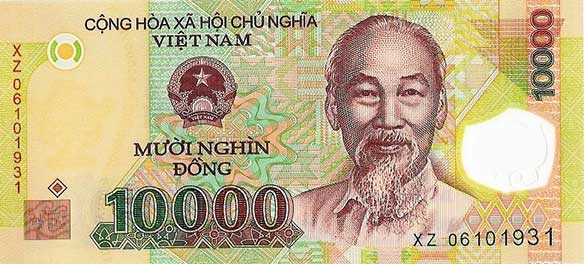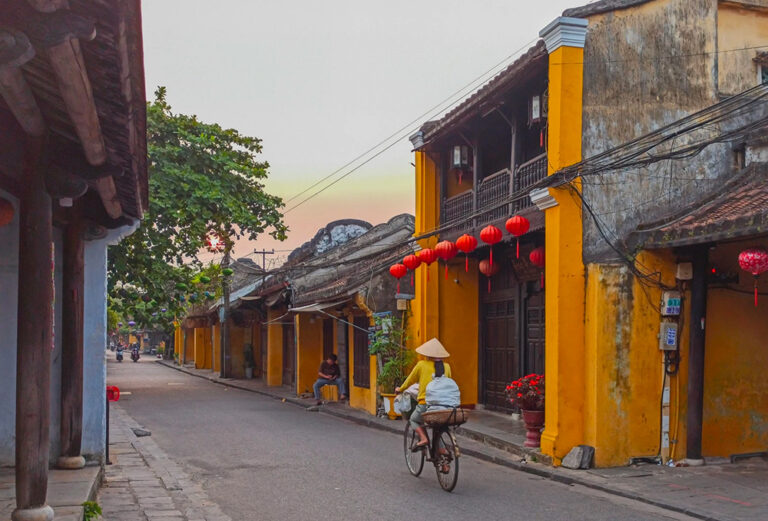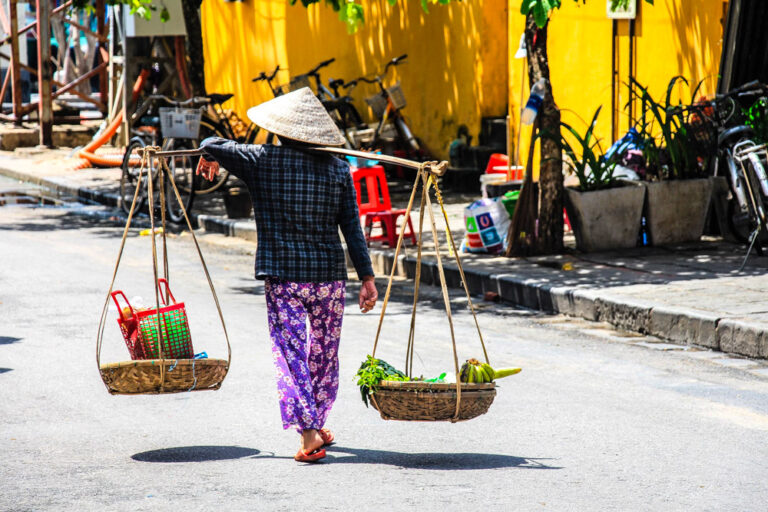Where to buy silk in Vietnam | Buying guide
Today, Vietnam is one of the world’s leading silk producers, with many regions specializing in cultivating and producing this luxurious fabric.
Vietnamese silk is renowned for its quality and stunning patterns. This fabric is crafted using traditional methods, involving silkworm farming, spinning silk threads, and weaving them into intricate designs. In recent years, interest has grown in eco-friendly, sustainable silk production in Vietnam.
Some companies use organic methods to grow mulberries and raise silkworms, while others experiment with new technologies to reduce waste and improve production efficiency.
The History of Vietnamese Silk

Vietnam’s Ancient Silk Heritage
Silk, a treasured textile in Vietnam, has roots tracing back nearly three millennia. Its origins, likely Chinese, are steeped in legend. It is said that a Chinese empress, observing silkworms nestled in a mulberry tree, accidentally discovered the secret of this precious filament. Her ingenuity transformed humble cocoons into an exquisitely delicate fabric: silk.
Though modern times have made silk more accessible, the true spirit of this textile is still alive in Vietnam’s traditional villages. It’s here, in these artisanal havens, that the magic of Vietnamese silk continues to flourish, preserving age-old skills.
These villages guard a unique textile heritage, where each thread tells an ancient story. They embody the meeting of long-standing tradition and contemporary creativity, making Vietnamese silk more than just fabric—it’s a living art.
Thus, despite the changes of the modern world, Vietnamese silk retains its timeless allure, reflecting the rich cultural and artisanal heritage of a country where the past continually shapes the present.
How Much Does Real Silk Cost?
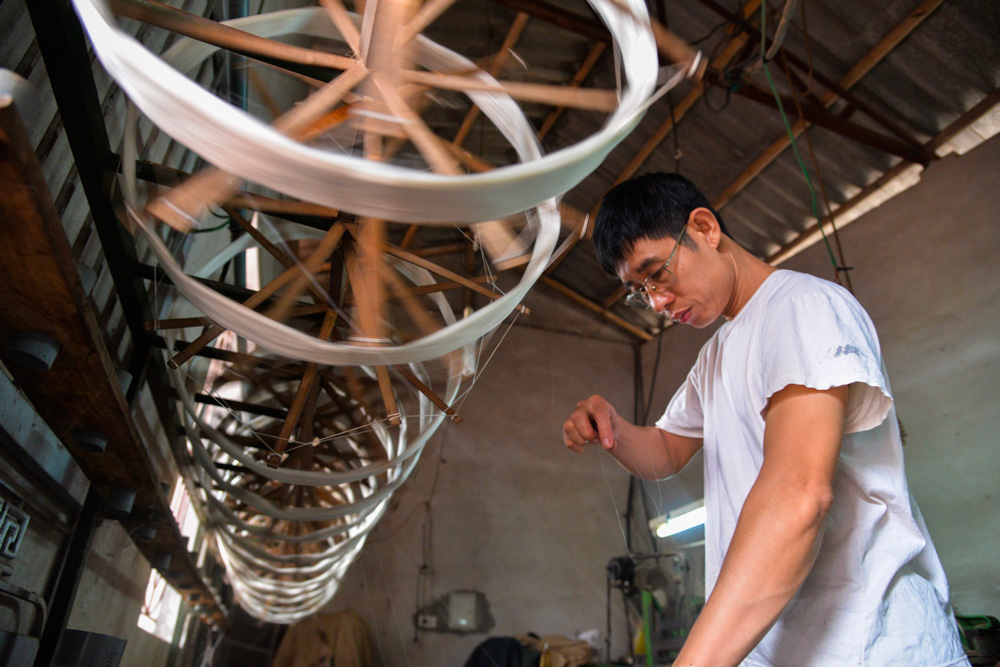
The price of Vietnamese silk depends on the brand, the complexity of patterns and decorations, and fabric quality, ranging from 400,000 to 2,500,000 VND (USD 17.25 to 107.8). Beware of cheap items, as they may be made from imitation silk and lack quality.
Top 5 Historical Vietnamese Silk Villages
Vietnam has a rich tradition of silk production. Here are five iconic villages that keep this ancient craft alive:
• Van Phuc
This millennia-old village, once a supplier to royal families, now produces over 2 million meters of silk annually. Its 150 shops offer textiles with delicate and vibrant patterns, characteristic of the region.
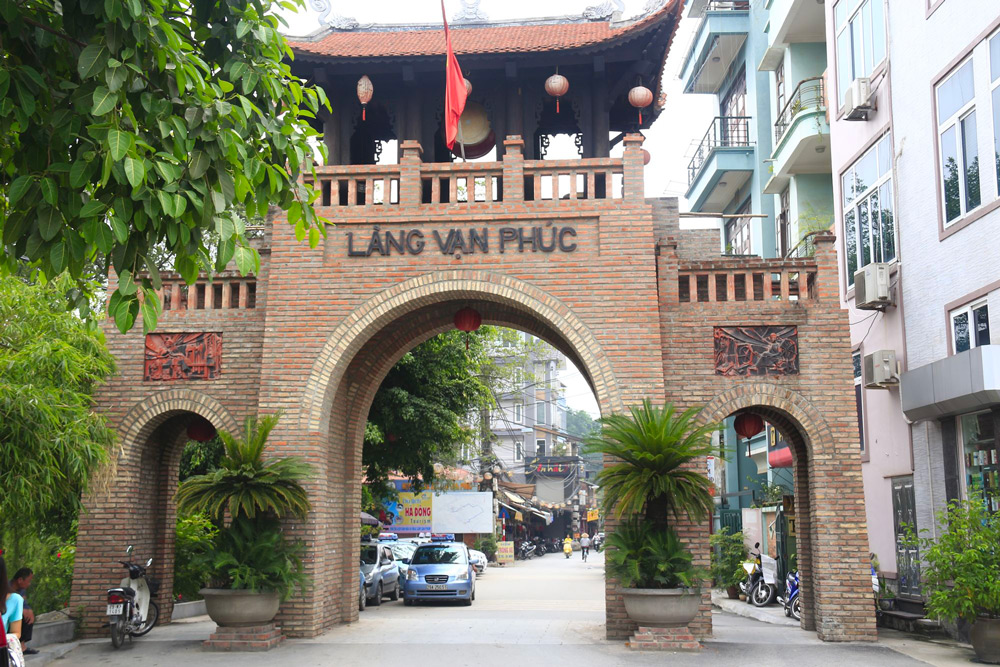
• Duy Xuyen
With a 300-year history, this village in Quang Nam province is known for its artisanal expertise. Its silk reflects the gentle culture of the Cham people.
• Tan Chau
Known for its glossy black silk dyed with fruit, this village in An Giang province produces a soft, durable, and absorbent textile. Once a luxury product, Tan Chau silk has diversified to meet modern tastes.
• Nha Xa
Since the 18th century, this village has attracted merchants with its high-quality silk, considered the second best after Van Phuc. Despite economic challenges, Nha Xa preserves its traditional weaving techniques.
• Ma Chau
Known since the 16th century for its mulberry cultivation and silkworm farming, Ma Chau once supplied royal courts. Today, about 300 households continue this tradition, overcoming the challenges of the modern market.
These villages offer a fascinating glimpse into the ancient art of Vietnamese silk, blending tradition with innovation.
3 Destinations to Buy Silk in Vietnam
Hanoi: The Charm of the Old Quarter
In the heart of Hanoi’s historic district, Hang Gai Street is a silk lover’s paradise. This picturesque street is filled with specialty shops offering a wide range of finely embroidered Vietnamese silk products. It’s the perfect place to find high-end, authentic pieces.

• Dong Xuan Market (Hanoi): The capital’s largest covered market features numerous silk stands, particularly on the ground floor.
• Van Phuc Village (near Hanoi): Visiting this historic silk village allows you to buy directly from artisans and see the production process firsthand.
• Tan My Design (Hanoi): This high-end boutique offers silk scarves by contemporary Vietnamese designers.
Hoi An: The Silk Capital
Hoi An’s old town is a must-visit for silk enthusiasts. With nearly 400 tailor shops, it offers an impressive variety of silk products. For a more authentic experience, explore the local market or Hoi An’s Silk Village, where you can watch local artisans expertly transform silk on traditional looms.
• Atelier Hoi An: This site allows you to purchase from Vietnamese artisans, even if you can’t visit Vietnam in person. Website: https://atelierhoian.com/en
• Hoi An Night Market: Perfect for those who prefer evening shopping, this market offers silk scarves and other handcrafted items.
Ho Chi Minh City: Off the Beaten Path
Contrary to popular belief, Ben Thanh Market isn’t the best place to find authentic, reasonably priced silk in Ho Chi Minh City. Instead, try Tan Binh or Tan Dinh fabric markets, or the lively Chinatown (Cho Lon). These less-touristy spots often hold hidden treasures at more affordable prices.
Each of these destinations offers a unique approach to Vietnamese silk, combining tradition, quality, and authenticity. Whether you’re seeking luxury pieces or handcrafted creations, these places will fulfill your quest for Vietnamese silk.
• Lua Viet (Ho Chi Minh City): Known for its modern designs and vibrant colors, this shop offers a more refined shopping experience.



